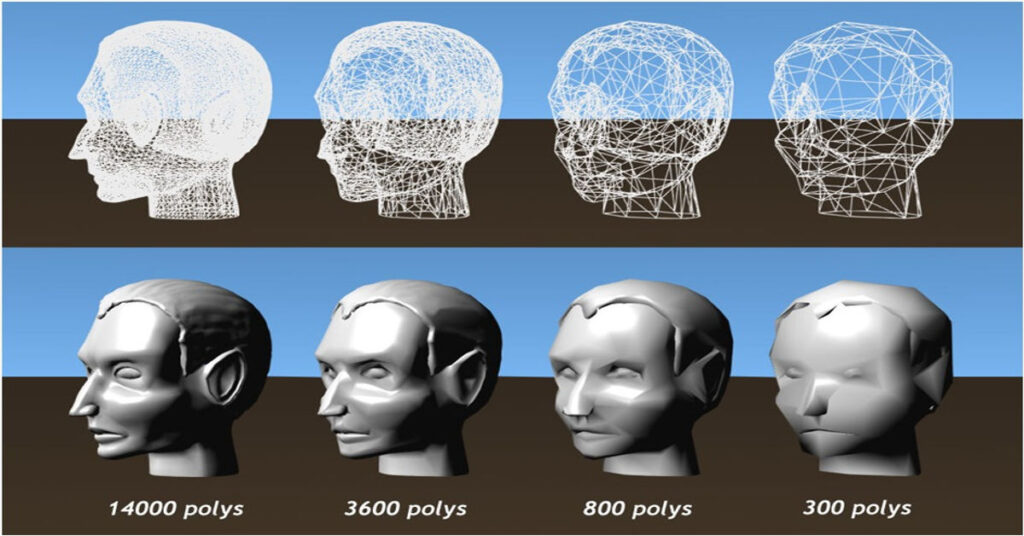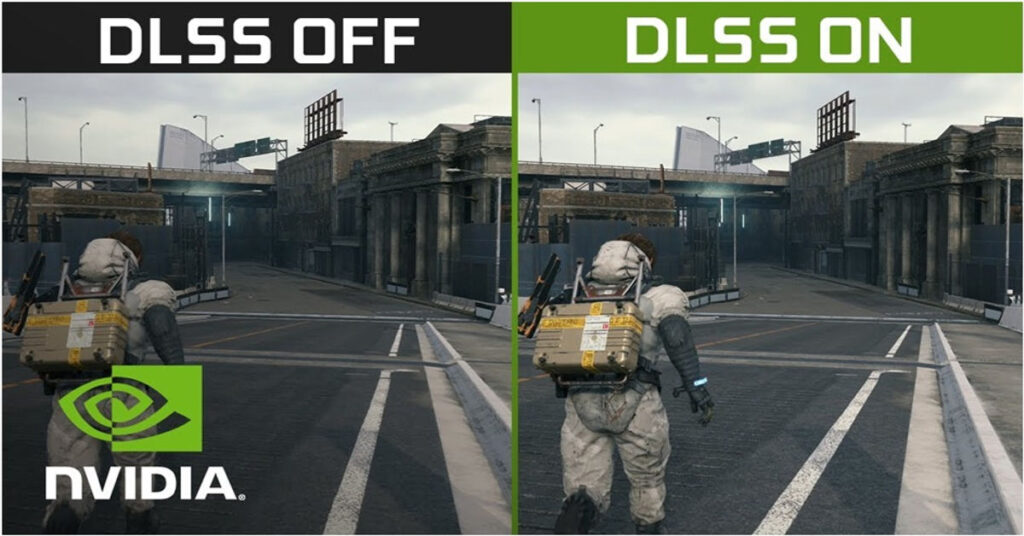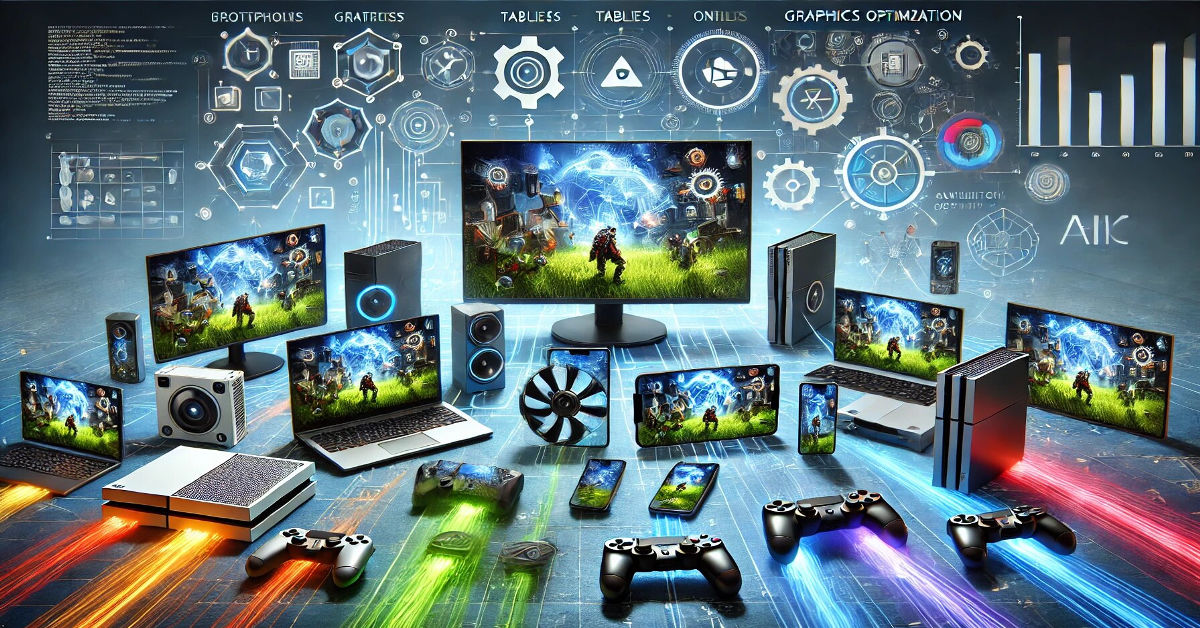In today’s gaming industry, a single game is often played across a wide variety of devices, from high-end gaming PCs to low-powered smartphones. Each device has its unique hardware capabilities, which directly influence how well a game runs. Graphics optimization is a critical process that ensures games deliver high-quality visuals while maintaining smooth performance across different platforms. With the rise of automatic graphics optimization technologies, game developers can now achieve this balance more efficiently. This article explores the key technologies and approaches used to adapt games for various devices, allowing a seamless gaming experience across diverse hardware.
The Importance of Graphics Optimization
Graphics optimization refers to the process of adjusting the visual quality of a game to ensure that it runs smoothly on different hardware configurations without compromising the overall user experience. Poor optimization can lead to issues such as low frame rates, input lag, overheating, or even crashes, particularly on devices with limited processing power. Cases of poor optimization in esports titles rapidly appear in esports news all over the web. Since players expect a smooth experience, optimizing a game’s graphics dynamically has become a key focus for developers.
Automatic optimization systems allow the game to assess the device’s capabilities and adjust the visual settings in real time or during the initial installation. This ensures that players can enjoy the game regardless of whether they are on a high-end gaming rig that is covered in egames news and daily esports news or an entry-level smartphone.
Key Technologies in Automatic Graphics Optimization
Dynamic Resolution Scaling (DRS) is a popular technology that automatically adjusts the game’s resolution based on the hardware’s current performance. If the game detects a drop in frame rate, it will reduce the resolution on the fly, allowing the frame rate to recover without a noticeable impact on the visual experience.
DRS is particularly useful in fast-paced games where maintaining a high frame rate is more important than achieving ultra-high resolution. By making real-time adjustments, this technology ensures smooth gameplay across devices of varying power.
Level of Detail (LOD) refers to the gradual reduction of an object’s complexity (such as polygons, textures, or lighting effects) based on its distance from the camera or its size on the screen. Automatic LOD management helps reduce the processing load, especially on lower-end devices. As objects move farther away, their visual complexity decreases without a noticeable difference to the player.

Advanced LOD algorithms can dynamically adjust the detail based on the hardware’s performance, allowing high-end PCs to display more intricate objects while simplifying them on less powerful systems.
Games often have large textures that can strain both memory and bandwidth, especially on devices with limited RAM. Texture streaming is a technique that loads high-resolution textures into memory only when they are needed, while keeping less essential textures in a lower resolution.
Compression algorithms such as S3TC, ASTC, and BCn formats also help reduce the size of textures without severely impacting their visual quality. These technologies are crucial in optimizing games for devices with smaller storage and memory capacities, such as smartphones and tablets.
Many games today come with predefined graphics settings, such as “Low,” “Medium,” “High,” or “Ultra.” These presets are based on the hardware specifications of the device. Automatic graphics presets work by detecting the GPU, CPU, and available memory and selecting an appropriate preset for optimal performance. The details of these presents appear in various articles in gaming news etruesports.
Some advanced optimization systems offer even more granular control by automatically adjusting specific settings like shadow quality, texture detail, or anti-aliasing to match the device’s capabilities. This minimizes the need for manual adjustments by players and ensures a better experience right out of the box.
Ray tracing is a cutting-edge rendering technique that simulates how light behaves in real life, delivering highly realistic shadows, reflections, and lighting effects. However, it is computationally expensive, requiring powerful GPUs. To adapt ray tracing for different devices, developers use performance scaling options like NVIDIA’s DLSS (Deep Learning Super Sampling) or AMD’s FSR (FidelityFX Super Resolution).
DLSS uses AI to upscale lower-resolution images into higher-resolution ones, reducing the GPU load while maintaining visual quality. FSR works similarly by scaling up lower-resolution frames, making ray tracing more accessible on mid-range or even low-end hardware.

Cloud-based rendering offloads the computationally expensive graphics processing to remote servers, allowing even devices with modest hardware to run graphically demanding games. Services like Google Stadia, NVIDIA GeForce NOW, and Microsoft’s Xbox Cloud Gaming have embraced this technology.
With game streaming, players no longer need to worry about their device’s graphical limitations, as the game is rendered on powerful servers and then streamed to their device. This represents an ultimate form of optimization, allowing games to reach a broader audience.
Challenges in Automatic Graphics Optimization
While automatic graphics optimization technologies have made significant progress, they still face several challenges. The sheer variety of hardware configurations, particularly in the PC and Android ecosystems, makes it difficult to create a one-size-fits-all optimization. Fine-tuning settings for specific hardware can be time-consuming and resource-intensive.
Automatic optimizations may not always align with player preferences. Some players may prefer higher graphical quality even at the cost of performance, while others may prioritize smooth frame rates.
The additional computational resources required for dynamic adjustments, such as real-time resolution scaling or LOD calculations, may themselves introduce overhead that slightly reduces overall performance.
Different game genres have unique requirements. For instance, a fast-paced FPS may prioritize frame rate over graphical fidelity, while a slow-paced RPG might emphasize visual richness.
Conclusion
Automatic graphics optimization technologies are essential in today’s diverse gaming landscape, where players expect high performance and visual quality across a range of devices. Techniques like Dynamic Resolution Scaling, LOD adjustments, texture compression, and cloud-based rendering enable games to adapt seamlessly to various hardware configurations, delivering an enjoyable experience for all players. As technology continues to evolve, we can expect even more sophisticated optimization systems that will push the boundaries of what is possible, ensuring that games look great and run smoothly regardless of the platform.







